Polling has always tried to pass itself off as a science. More and more it is clear that it is actually an art, and the pollsters do not understand what sort of surface they are painting on. Any time you try to extrapolate from a sample of less than 1,000 to an actual electorate of millions – or, in a national election, hundreds of millions – you are of necessity working with a whole lot of assumptions. The most important assumption of all is the assumption pollsters make about what the electorate will look like on election day.
Pollsters used to be at least relatively good at those assumptions, but in the last several election cycles, things have really gone sideways, and as my colleague streiff has often noted here, they have performed absolutely abysmally during this primary cycle. All of them predicted Hillary Clinton would win Michigan by double digits, and none of them saw Cruz’s runaway win in Wisconsin coming, to name just a couple of examples.
People who analyze polling blame much of the lost accuracy in polling on things like the almost total extinction of the land telephone line, which I guess is at least partly true. But I think (and, again, I’m just making an assumption here, just like the pollsters are) that two main forces are driving recent high profile misses by the pollsters.
The first is that campaigns are doing an increasingly efficient and sophisticated job of identifying and turning out their own voters. This is what led Obama to overperform the polls in 2012 and Ted Cruz to frequently over perform this primary season. The second is that pollsters have underestimated the voter herd mentality, especially with respect to the rejection of the status quo. They underestimated how much Democrats were hesitant to have Hillary as their nominee (Michigan), Republicans to have Trump as their nominee (Wisconsin) and Britons to remain in the EU (Brexit).
The challenge for political analysts this year is to understand what the pollsters are missing and what it might mean for the general election candidates. What to make of a polling environment that shows Ohio, Pennsylvania, and Florida as tightly competitive, consistent with a relatively close race – but that also shows Clinton competitive in Utah, Texas, Arizona, and Mississippi? The aggregate effect of statewide polling SHOULD indicate a race that Clinton leads by 15 points or so – but national polls show her only ahead 5-10 points.
So what undercurrents are the pollsters missing? Is the voter anger driving Trump larger than expected? Or will Clinton’s vastly superior war chest and the Obama turnout machine deliver her a much larger victory than expected.
If I had to guess, I would say that the number one thing pollsters are doing right now is drastically underestimating the size and strength of the Hispanic vote for Hillary Clinton. As I’ve noted here before, Hispanic voter participation has historically been abysmally low and I think the specter of a Trump candidacy might end that for good this year. If Hispanics this year vote at the same rate as blacks and non-Hispanic whites, then their share of the vote will jump from an all time high of 9% in 2012 all the way to 17% in 2016, and I guarantee that none of the pollsters are factoring that into their models. If true, it means that Trump is staring at least a 45 state loss in the face on election day, and he doesn’t even know it yet.



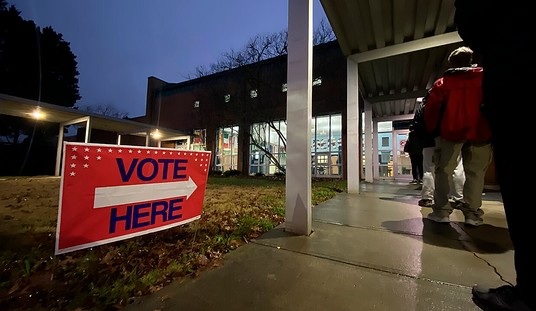




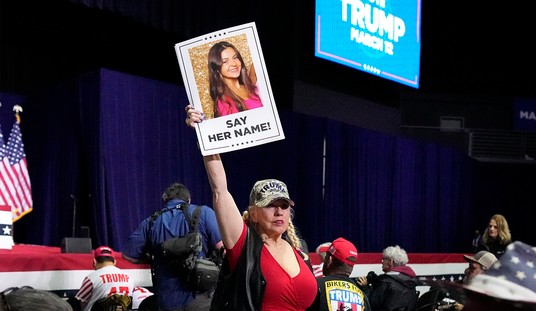
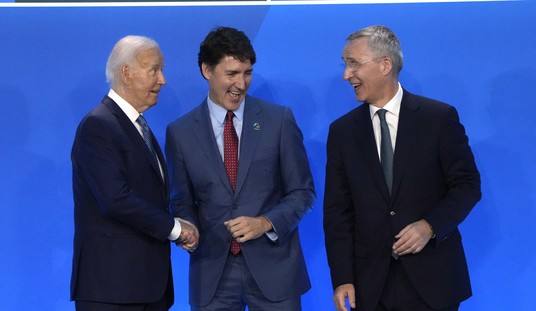
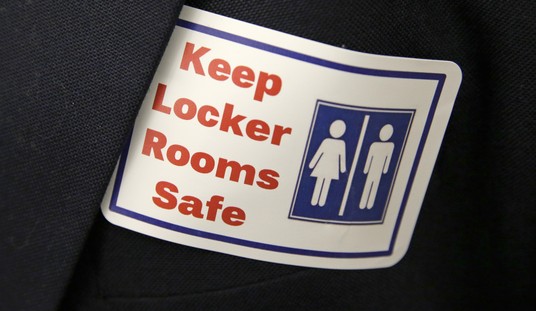
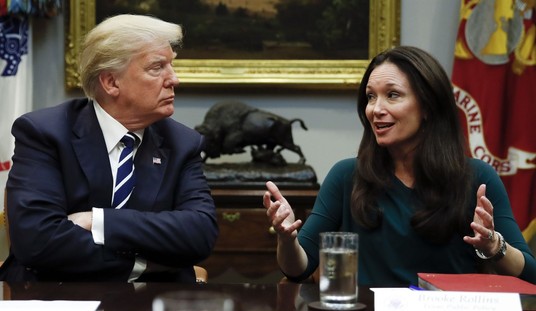
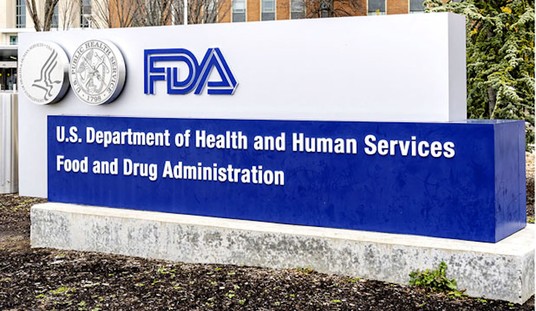
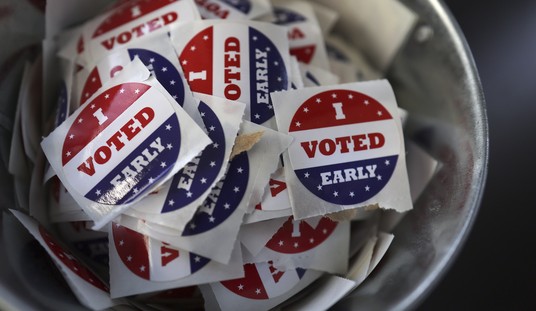
Join the conversation as a VIP Member